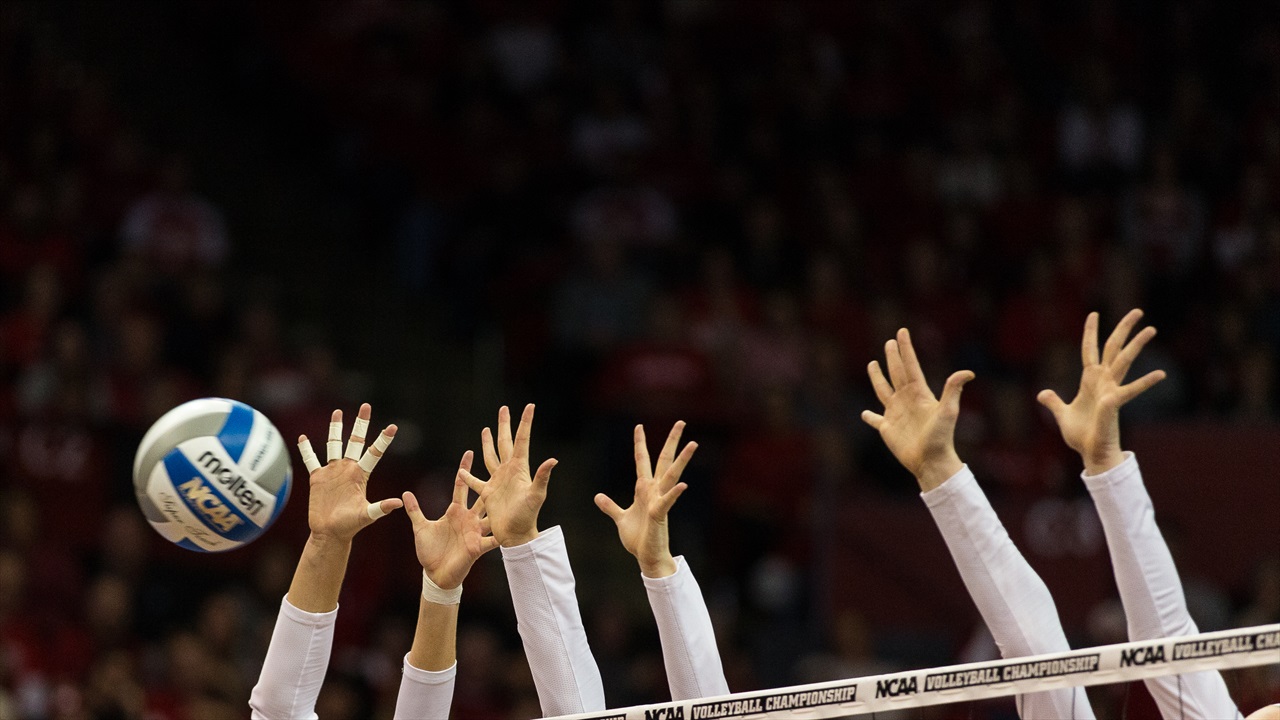By: Dr. Mohammad Salman Murtuza, Asstt. Editor-ICN Sports
Athletes need to design their training programs with an end goal in mind.For instance, a runner planning to run a marathon should allow enough time to properly accelerate the training to have the body ready for the race date.
Trying to achieve the goal too quickly might force the runner to increase distance running too rapidly and increase the risk for an overuse injury such as a stress fracture.
Athletes should also consider adding exercise or resistance programs that differ from their normal routines. This variability not only can improve strength, power, agility, or other fitness areas they might lack, but also can decrease the repetitive stress they apply to the one or two body parts that their maintenance program applies. For instance, swimmer training for an upcoming meet might benefit from a long run once a week to decrease stress on her shoulder.
Athletes who use conditioning to lose weight need to ensure that they are eating enough calories and obtaining the proper vitamins, minerals, fluids, and supplements to meet their training needs. Athletes should consider consulting a sports nutritionist for guidance. In addition, getting enough sleep and rest between exercise sessions may help to optimize performance.
Before starting any exercise or fitness program, athletes should consult with their medical doctor or a sports medicine physician. School or team athletes often undergo pre-participation physicals where any concerns can be addressed. Athletes recovering from surgery or an injury should ask the treating physician or physical therapist how to safely work back into sports. Anyone with an underlying medical condition should always make sure that it does not pose too high a risk with a certain exercise program.
Athletes should never avoid going to the doctor to address aches and pains for fear of being told to stop training. Letting an injury go untreated can worsen the injury or lead to more serious complications. Athletes should see a doctor whenever they have pain or another symptom with activity that is so severe they can’t exercise at all. Even when pain is more subtle or a symptom impairs performance mildly-such as knee pain when running down hills or trouble locating fastballs due to tightness in the shoulder-athletes should still consult with a sports medicine specialist.
Acute and overuse injuries often occur with conditioning programs. Acute musculoskeletal injuries, such as muscle strains, fractures, and dislocations typically involve a traumatic event. Treatment of acute injuries depends on the nature and severity of the specific injury. Rest from the activity while applying compression and cold therapy and elevating the injured body part are the first treatments. If the injury is more severe, treatment may include surgical fixation or repair, casts, splints, and many other options.
Overuse injuries occur when athletes increase the frequency, duration, intensity, or resistance of training too rapidly, putting too much stress on a part of the body. Examples of overuse injuries include stress fractures, shin splints, and tendinosis around certain joints. Rest from the offending activity is often the recommended treatment of overuse injuries, but other interventions might be needed depending on the type and severity of the specific injury.
In addition, coaches need to supervise their athletes during all physical conditioning sessions. They should be sure the athletes are well-hydrated and not over-tiring themselves. Athletes should be encouraged by coaches to take a break or slow down when it becomes necessary.
Coaches who can strike the right balance in their physical conditioning routines and still maintain safety for their athletes are the most successful all around. Documenting progress and celebrating successes, including safe trainings and practices can enrich the physical conditioning process.
PROGRESSIVE OVERLOAD is the need to create a challenge to ensure our bodies grow. This can require us to work beyond our comfort zone, something which is no stranger to a dancer. This is called overload. It is when we push our bodies to more than what they are used to in ways such as resistance, repetitions, duration, speed, volume or range of motion. For example when building strength, increasing the number of repetitions slightly or the number of sets per week will increase the overload of a workout. Changing one part per week is an effective approach to challenging your body. Additional areas to change would be increasing the weight/resistance a little and the number of workouts a week. It takes time to achieve your aim; however following the progressive overload principle is the key to achieving your goals without step backs. Some guidelines for applying to the progressive overload principle are; challenging your current limits and moving with the ideal dancer’s alignment. Ignoring this principle is unsafe and slower, leading to compensation and injury.
COMPENSATION is when you attempt to work too far beyond your current abilities. This leads to compensation in movement patterns which may become a bad habit that will need to be unlearned. Compensation may occur when correct form is not known or the principle of progressive overload is followed too quickly. If compensations are not corrected then you may find yourself injured. The top priorities during training should be to execute the best form and correct dancer’s alignment. If this is not possible using a said weight or number of repetitions then you must cut back the last few reps or drop the weight slightly. This will allow you to progress gradually and safely.




